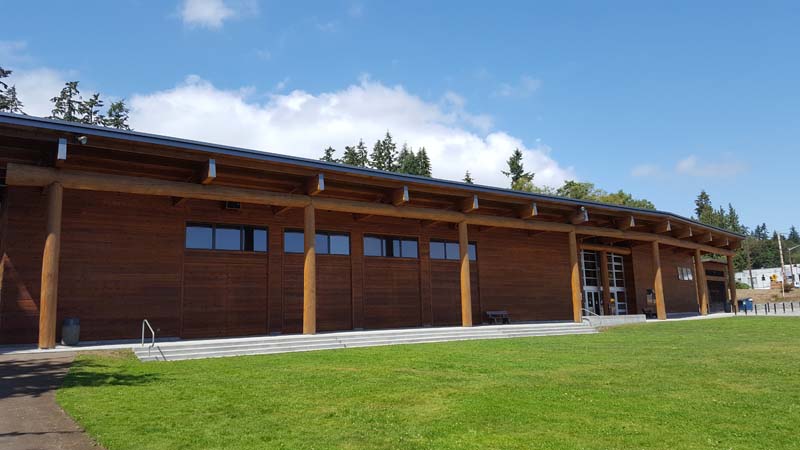-
Membership
Membership
Anyone with an interest in the history of the built environment is welcome to join the Society of Architectural Historians -
Conferences
Conferences
SAH Annual International Conferences bring members together for scholarly exchange and networking -
Publications
Publications
Through print and digital publications, SAH documents the history of the built environment and disseminates scholarship -
Programs
Programs
SAH promotes meaningful engagement with the history of the built environment through its programs -
Jobs & Opportunities
Jobs & Opportunities
SAH provides resources, fellowships, and grants to help further your career and professional life -
Support
Support
We invite you to support the educational mission of SAH by making a gift, becoming a member, or volunteering -
About
About
SAH promotes the study, interpretation, and conservation of the built environment worldwide for the benefit of all
SAH Archipedia Highlights: Native American Heritage Month
Nov 16, 2021
by
SAH News
In celebration of Native American Heritage Month, please enjoy this selection of contemporary buildings by Indigenous architects and structures that incorporate tribal design principles.
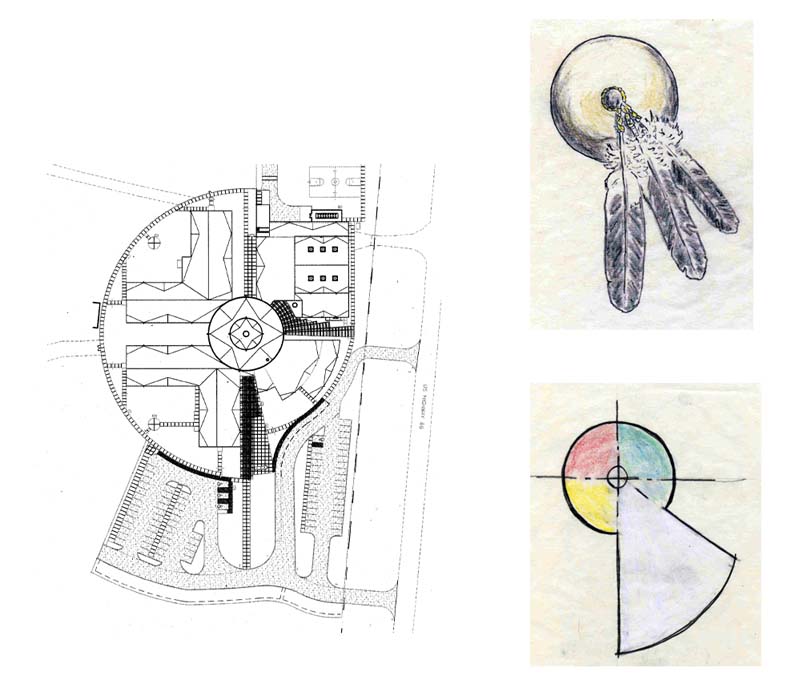
Baca/Dlo’ay azhi Community School | SAH ARCHIPEDIA (sah-archipedia.org)
Courtesy of Dyron Murphy Architects
The Baca/Dlo’ay azhi Community School at Prewitt, New Mexico, in the southeastern part of the Navajo Reservation represents three historic phases of federal educational architecture for Native Americans. The earliest buildings (1935) draw on the Pueblo-Spanish Revival and the Diné (Navajo) hogan to create a design rooted in the regional vernacular of New Mexico. After World War II, the number of Native American students dramatically increased and the school became one of dozens across the Navajo Reservation that were either constructed anew or expanded with trailers and Quonset huts. At the turn of the century, the Bureau of Indian Affairs (BIA) embarked on a new program to modernize schools on the Navajo Reservation. As part of this program, Diné architect Dyron Murphy was commissioned to design a $12.3 million facility that incorporated Diné cultural traditions and ecologically sustainable building practices. READ MORE
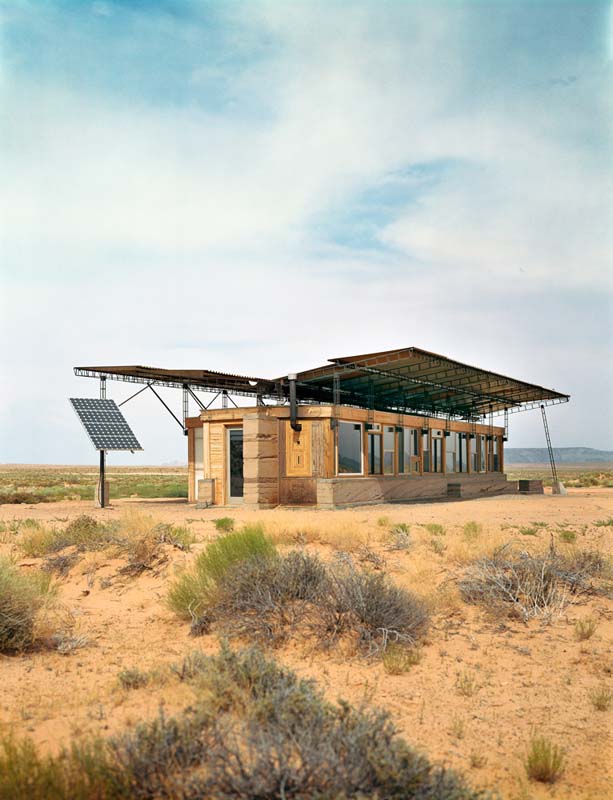
Rosie Joe House | SAH ARCHIPEDIA (sah-archipedia.org)
Courtesy of the School of Architecture, University of Utah
The Rosie Joe House, named after its owner, is located on the Navajo Nation in Bluff, Utah. It is the first of the houses built by students of the School of Architecture at the University of Utah as part of the DesignBuildBLUFF program on Navajo land. Inspired by the work of Auburn University’s acclaimed Rural Studio, based in Hale County, Alabama, architect Hank Louis founded the Utah program in 2000 and has built a house on the Navajo Nation each year since 2004. This 1,200-square-foot house has been an icon of the program since its completion. In keeping with the Navajo tendency to ascribe animal attributes to rock outcroppings and mountains, the house sits on a flat horizon like a butterfly poised for flight. READ MORE
House of Awakened Culture | SAH ARCHIPEDIA (sah-archipedia.org)
Photograph by Dennis Lewarch, Suquamish Tribe
The Suquamish Tribe’s monumental community house on the Port Madison Indian Reservation provides a tangible symbol of cultural revitalization modeled on traditional Puget Sound longhouses. The house’s Lushootseed name, sgwәdzadad qәł ?altxw (“skwehd-zah-dud-culth-altw”), translated as “House of Awakened Culture,” evokes its role as a place for gatherings, ceremonies, and traditional singing, dancing, and storytelling central to Puget Sound Salish culture. READ MORE
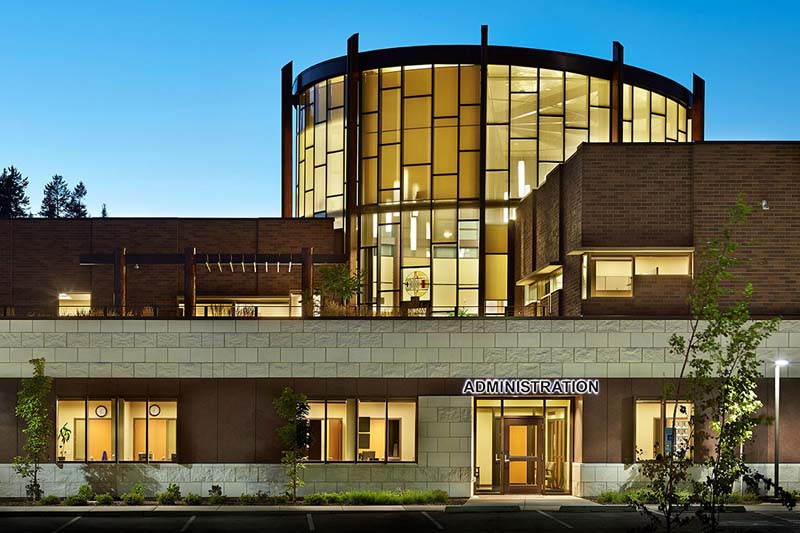
Benewah Medical Center | SAH ARCHIPEDIA (sah-archipedia.org)
Courtesy of Benjamin Benschneider Photography
The Benewah Medical Center, built in Plummer on the Coeur d’Alene Indian Reservation, is a culturally relevant building that accommodates critical health care services for members of the Coeur d’Alene Tribe and for the larger community in a geographically isolated region of north Idaho. With features such a green roof, fritted and tinted glazing, skylights, and circulation of air preheated in the glazed rotunda, the building was designed to meet LEED Silver standards. It incorporates native materials such as basalt and wood and its form celebrates the Tribe’s relation to the land. READ MORE
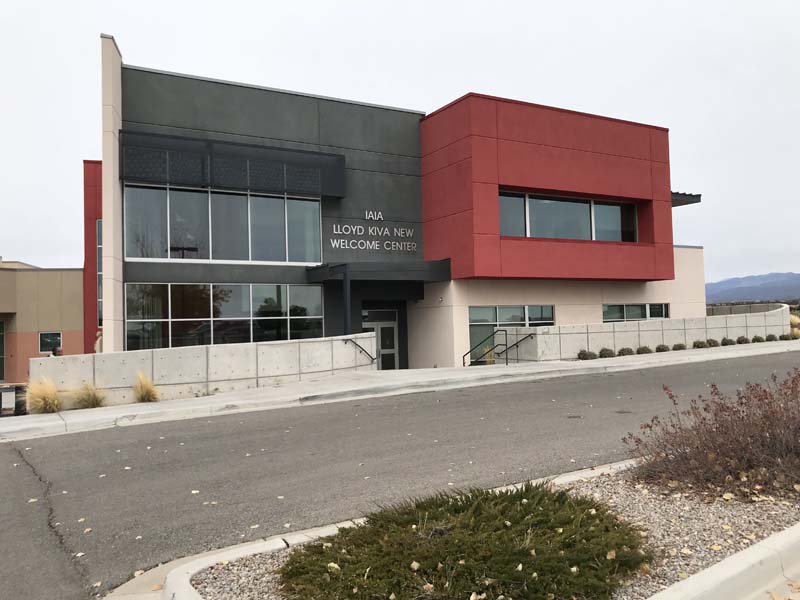
Institute of American Indian Arts | SAH ARCHIPEDIA (sah-archipedia.org)
Photograph by J. Philip Gruen
The Institute of American Indian Arts (IAIA) offers a vision of the twenty-first century land-grant university campus: cognizant of the past, connected to its present, and deeply rooted in the natural landscape. Rising above the city of Santa Fe, New Mexico, with sweeping views to the foothills of the Sangre de Cristo Mountains, the expansive grounds radiate around a central, sunken circular plaza through which solstice lines and points have intersected since the campus began construction at the millennium’s turn. As of 2020, IAIA featured approximately thirteen buildings whose traditional Indigenous symbols, colors, and volumes combine with the materials, articulation, and forms of an architectural modernism. READ MORE



